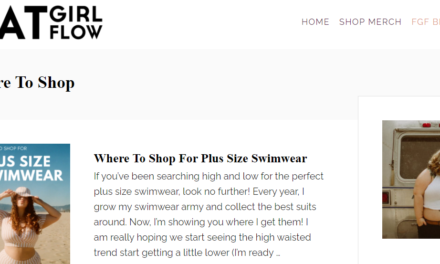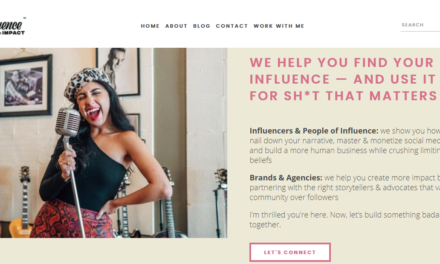Your digital storefront should be just as pleasant to hang out in as any brick-and-mortar boutique. If you want your customers to come back often, you have to give them a great experience, fueled by engaging content.
A smart content strategy will ensure customers keep coming back. A well-executed strategy can be an incredible engagement tool that attracts consumers, grows your audience, and influences visitors to make a purchase. But finding the content that will speak best to your customers can be a challenge.
Here are four quick and easy tips to help your marketing team spot the exact kind of content that will work best for your brand.
1. Look for User-Generated Content for Authenticity
When a first time visitor lands on your website, your content must immediately establish trust. One of the best ways to instantly communicate that your brand is authentic and trustworthy is with user-generated content (UGC). In fact, the majority of customers actively seek out UGC before making a purchase, so making this a key player in your content strategy can increase your conversion rate.
UGC shows your new customer a brand community that exists and that loves your company or product. Plus, including visual UGC (such as social media posts or reviews with videos or pictures) give consumers a truly accurate idea of how your product looks and feels.
2. Make Sure Your Content is Globally-Minded
As an online business, your company has the unique opportunity to reach customers virtually anywhere-–including on the other side of the globe. Therefore, your content needs to be optimized so that it is relevant to all audiences.
That may mean translating and localizing your content. Your site should take into consideration a customer’s location, including currency conversions, shipping prices, and delivery times. Moreover, international keyword optimization should be factored in if your website is going to reach customers all over the world.
From there, your team should create content that is relevant to your wide audience by researching the local trending topics. Pay attention to which links are driving the highest number of international clicks so you know which pieces to translate.
3. Create Content that is About the Bigger Picture
The consumers of today have vastly different priorities than they did just ten years ago. These days, customers tuned into what their brands of choice stand for. According to a report from Shelton Group, 86% of shoppers think that businesses should openly take stands on social issues because of the influence they can have, and 64% stated that this has a strong impact on their decision to purchase from a brand.
This has spurred a whole new category of advertising for brands known as “cause marketing.” By partnering with a cause that is bigger than the brand itself, companies are able to build more meaningful connections with people who support their efforts.
Of course, brands should be pursuing these kinds of causes organically, and not just as a tactic to attract customers. However, if you are already pursuing positive actions, it is a great idea to use this as a content marketing strategy. Take TOMS Shoes as an example. The clothing/shoe/eyewear brand is known more for their one-for-one campaign than they are for their products, and their content marketing clearly shows this. Many of their social media and blog posts focus on charity work, rather than their business and products. This has helped to build a loyal community of customers for many years.
4. Provide a Combination of Long and Short Form Content
The length of your content can make a huge difference in how engaged your customer will be. For example, if they are strapped for time and just looking for a specific piece of information, they will likely have no interest in viewing a ten-minute video or reading a long case study. However, if they are nearly ready to make a purchase and want to be sure of their choice, they may prefer longer blog posts that break down the details and convince them to convert.
Hubspot’s research on content preferences found that customers were more likely to consume some types of content more thoroughly while others were skimmed over. Customers also wanted brands to provide more video content, social media posts, and research reports, while blog articles, long-form content, and podcasts sat at the bottom of the list.
Your best bet is providing a mix of long- and short-form content, so you’re ready to serve the right content to the right customer at the right time.
Conclusion
Your brand’s content is one of the most powerful marketing tools you have to build an engaging environment on your website, and ultimately, convert visitors. Invest some time and energy into understand your site’s analytics, and learning what content is resonating with your customers. Give them what they want, and they’ll return again and again.






